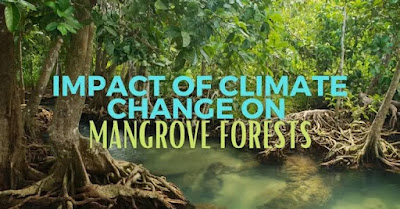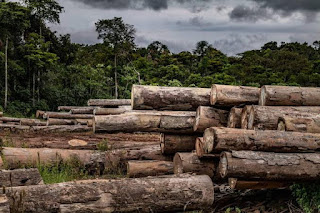Impact of Forests on Climate
Forests act as carbon sinks, absorbing and storing large amounts of carbon dioxide. Their role in climate regulation is critical, influencing temperature, precipitation patterns, and overall atmospheric conditions.
Timberlands assume a significant part in environment guideline by going about as carbon sinks. These biological systems ingest and store a lot of carbon dioxide through the course of photosynthesis, where trees convert carbon dioxide into oxygen and carbon compounds. This carbon sequestration mitigates the effects of environmental change by decreasing the convergence of ozone depleting substances in the air.
The effect of woodlands on environment reaches out past carbon sequestration. Trees discharge water fume through an interaction known as happening, adding to the development of mists and impacting precipitation designs. This interaction is indispensable for keeping up with territorial and worldwide water cycles, affecting climate frameworks and by and large environment conditions.
Furthermore, the presence of timberlands controls temperature. Through the assimilation of daylight during photosynthesis and the concealing given by the tree shade, timberlands add to cooling the general climate. This cooling impact is especially huge in metropolitan regions, where the peculiarity known as the metropolitan intensity island impact can be relieved by the presence of green spaces.
Deforestation, in any case, represents a danger to these environment controlling capabilities. At the point when timberlands are cleared or debased, the put away carbon is delivered once again into the climate as carbon dioxide, adding to the ozone depleting substance impact and a worldwide temperature alteration. Besides, the deficiency of trees implies a decrease in the ability to retain carbon dioxide, fueling environmental change.
The effect of woodlands on environment is interconnected with biodiversity. Different biological systems will generally be stronger to natural changes, including those initiated by environmental change. Timberlands support a rich assortment of plant and creature species, adding to generally speaking biological system security. The deficiency of biodiversity because of deforestation can upset these biological systems, making them more powerless against environment related stressors.
Notwithstanding their immediate effect on environment, timberlands give circuitous advantages that further add to environment versatility. For example, they go about as normal obstructions against outrageous climate occasions like floods and tempests. The foundations of trees assist with balancing out soil, forestalling disintegration and decreasing the gamble of avalanches. Woods likewise assume a part in keeping up with water quality by separating contaminations and managing the progression of waterways and streams.
Endeavors to battle environmental change frequently include reforestation and afforestation projects. Establishing trees in deforested regions or reestablishing corrupted woodlands can upgrade carbon sequestration, advance biodiversity, and further develop nearby environment conditions. These drives are important for more extensive procedures to accomplish carbon lack of bias and relieve the effects of environmental change.
All in all, woodlands assume a multi-layered part in environment guideline. From going about as carbon sinks and affecting precipitation examples to controlling temperature and supporting biodiversity, the effect of timberlands on the environment is broad. Perceiving the significance of safeguarding and reestablishing backwoods is pivotal for tending to environmental change and guaranteeing the supportability of the planet's biological systems.



Comments
Post a Comment